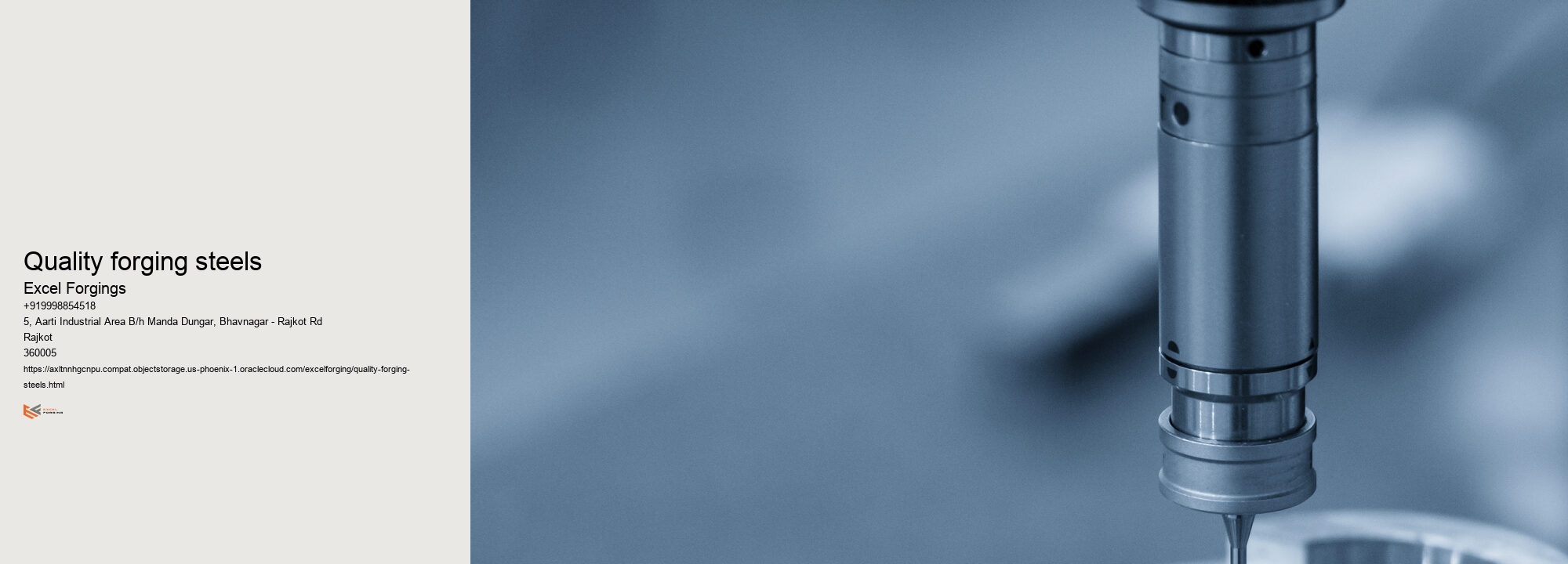


The environmental and regulatory requirements for forgings vary depending on the specific industry. Generally, environmental regulations focus on controlling and limiting the use of hazardous materials, as well as minimizing water and air pollution during forging processes. On the other hand, regulatory requirements commonly include following workplace safety guidelines and obtaining necessary permits. Additionally, any materials used in forging processes must be approved for their intended use by relevant agencies or organizations.
The surface finish requirements for forgings depend on the application of the forging. Depending on this, the surface finish may need to be smooth and free of irregularities, or it may require a rough or textured finish. For some applications, a machined or polished finish is required. The choice of surface treatment method will also vary depending on the application; sand-blasting and chemical etching are some common treatments used to create specific finishes on forgings.
The different types of forging include open die forging, impression die forging, roll forging, cold- and warm-forging, press forging and ring rolling. Open die forge is the oldest type of forging and involves presses that strike metal between two flat dies or between a top die on an anvil with a hammer or ram. Impression Die Forging uses dies to shape heated metal over its curved surface. Roll Forging hammers the heated shapes into rolls. Cold-Forging processes metals at room temperatures while Warm-Forging requires higher temperatures for processing metals such as aluminum alloys. Press Forgings use hydraulic presses to compress preheated materials into forms with contoured surfaces whereas Ring Rolling involves pressure from three rollers that form hot wrought rings in external diameters in seconds.